March’s top Advanced Healthcare Materials papers


March’s top Advanced Healthcare Materials papers
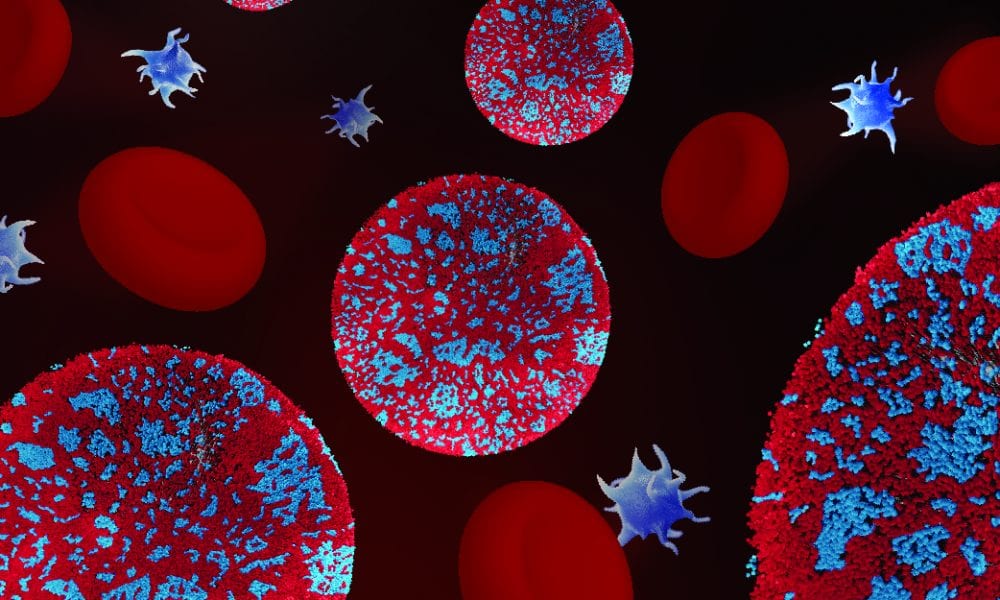
A new hybrid nanomaterial combines membranes from multiple cell types, enabling the fabrication of membrane-coated nanoparticles with an increased number of functionalities.
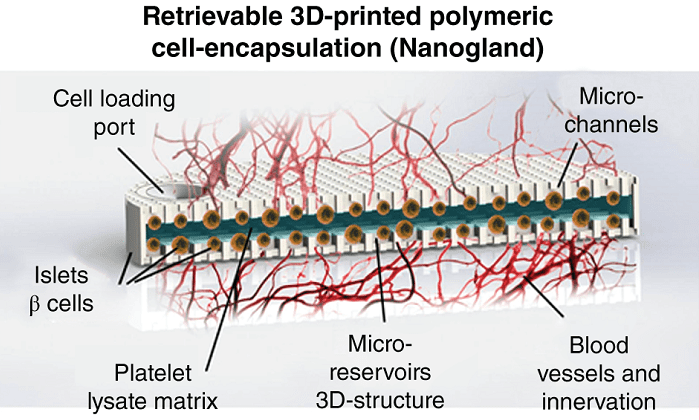
Nanofluidic implantables represent a recent advance in a broad effort for developing personalized, point-of-care medical technologies.
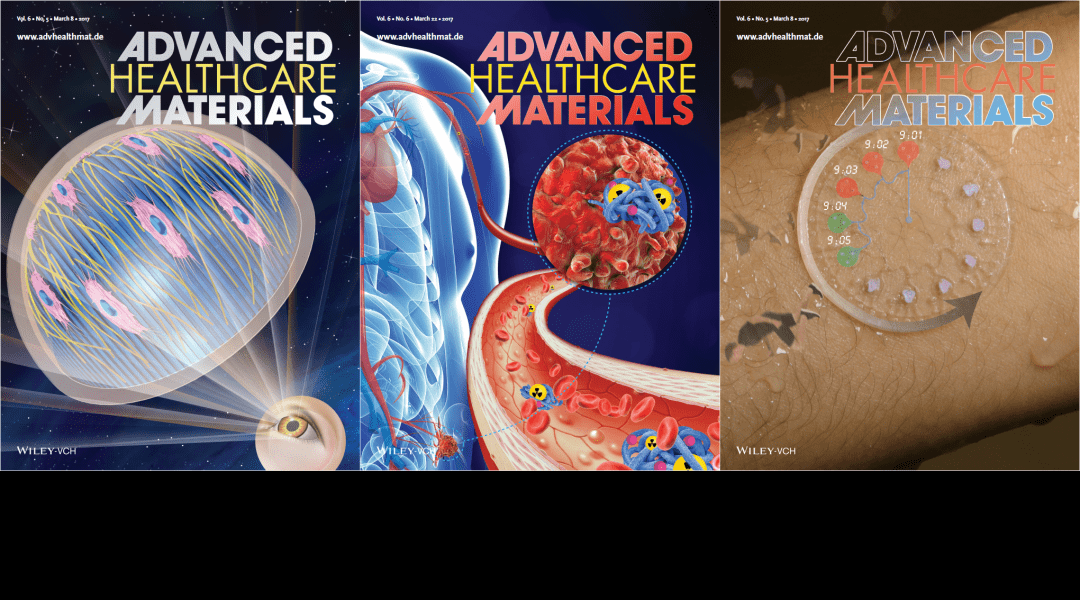
March’s Advanced Healthcare Materials covers
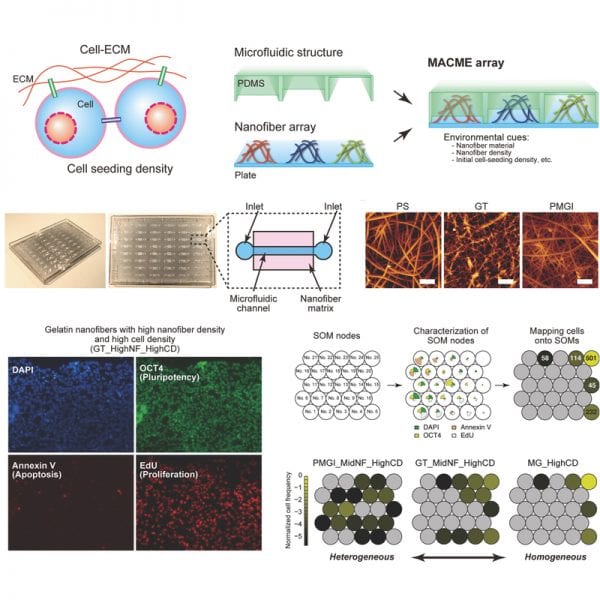
A hybrid platform of microfluidics and nanofibers to reproduce artificial cellular microenvironments with a variety of cellular densities and scaffolds is reported.
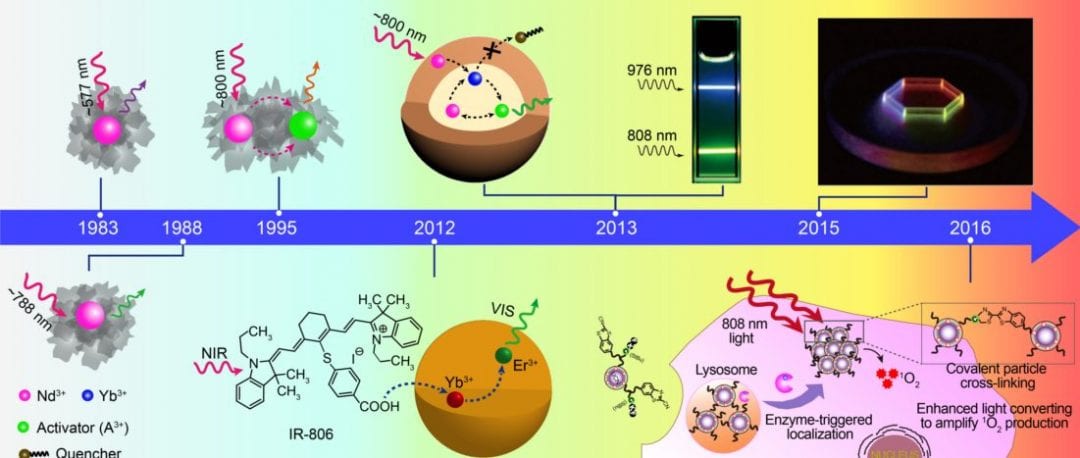
Current advances in that latest progress in shifting the upconversion excitation wavelengths of lanthanide doped upconversion nanoparticles to a biological “sweet spot” of 800nm.
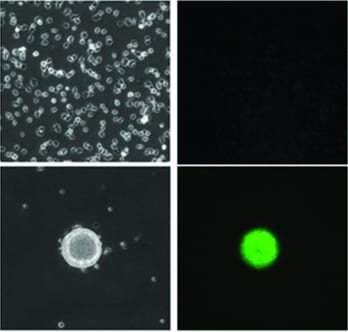
A protocol for a unique high-throughput assay to identify novel small-molecule inhibitors of cell migration.
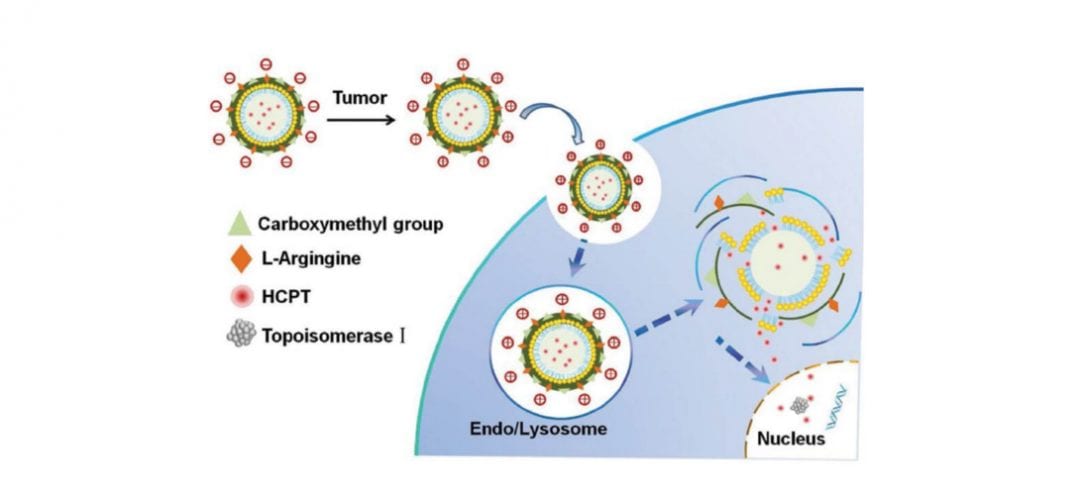
A novel pH-sensitive anticancer drug delivery system with improved therapeutic effect.

Microfluidics offer significant advantages over traditional macroscale cell cultures by enabling recapitulation of the tumor microenvironment through precise control of physiological cues such as hydrostatic pressure, shear stress, oxygen, and nutrient gradients.

Matrix-metalloprotease (MMP)-sensitive hydrogel particles intend to utilize the unique properties of tumor cells, such as high concentration of MMP enzymes, along with the synergistic activities of an apoptosis-inducing protein (TRAIL) and the TRAIL sensitizer drug Quinacrine.